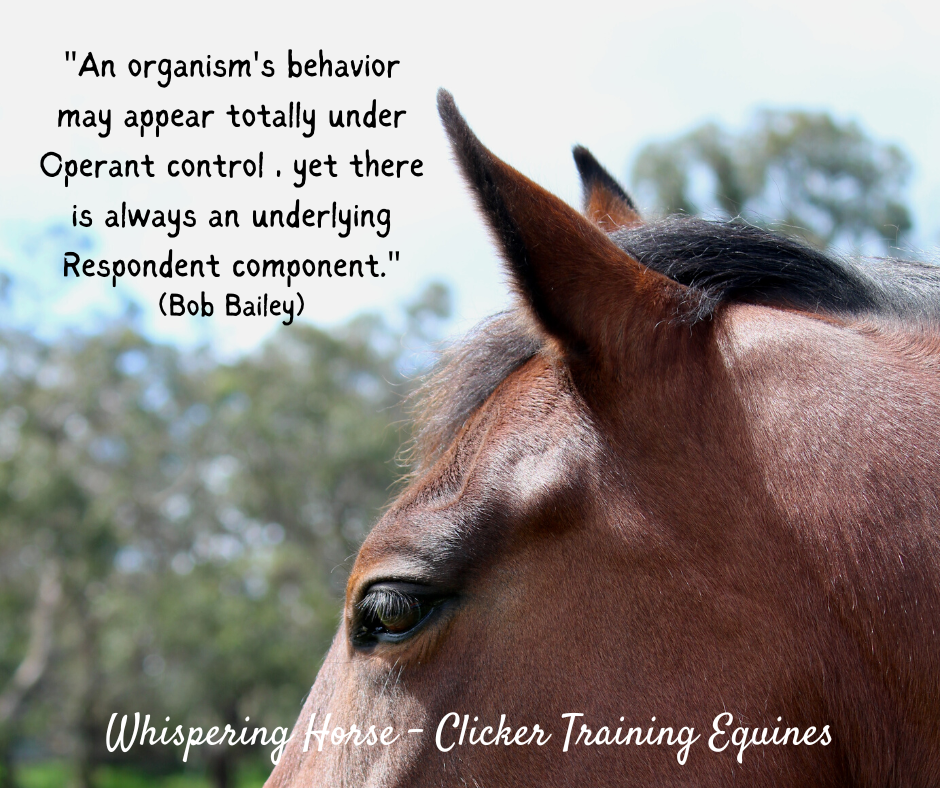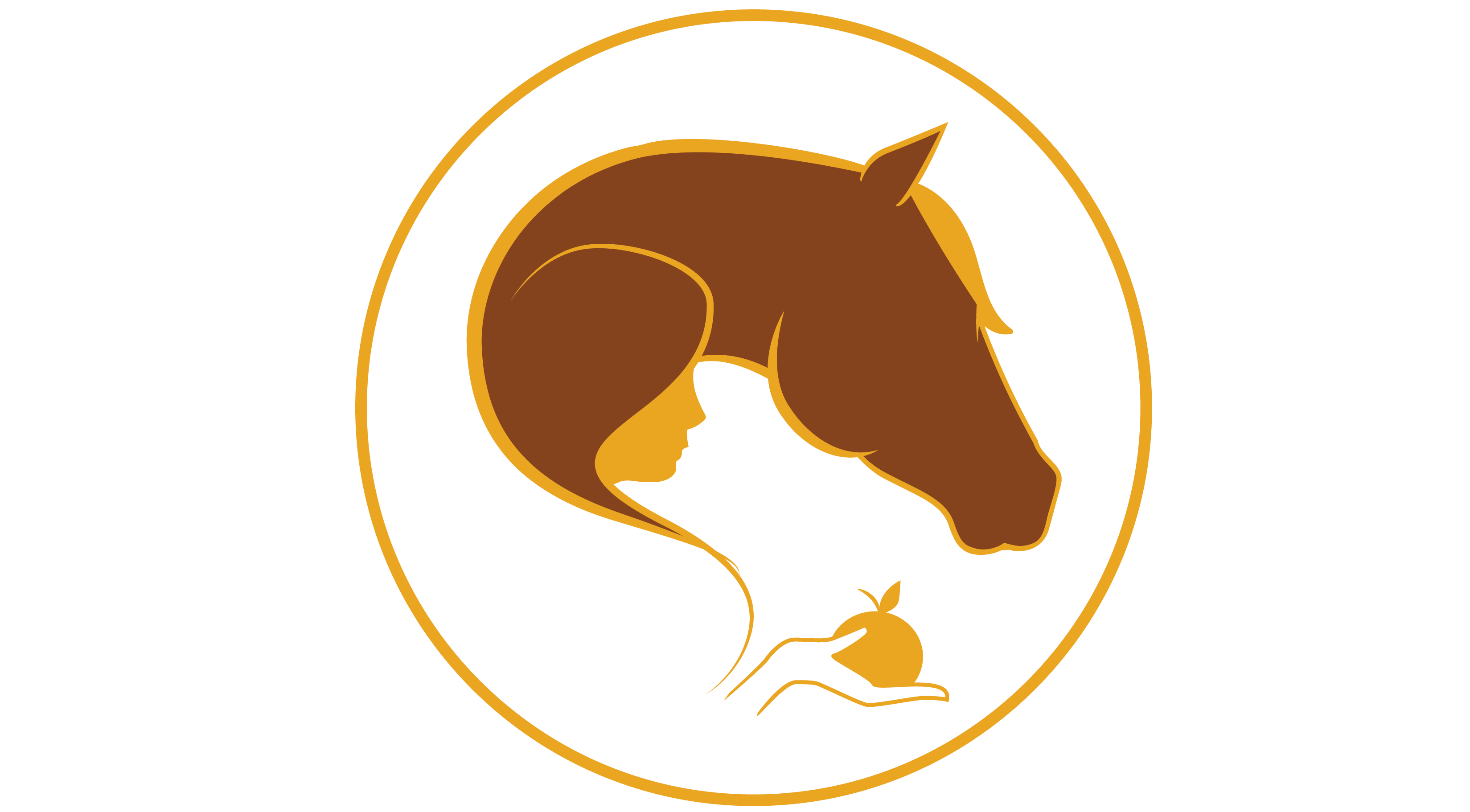Both Operant (Skinner) AND Classical (Pavlov) are "on our shoulders"

Positive Reinforcement is one of the processes known as Operant Conditioning. It’s a way we learn by operating or behaving in our environment in a way that we try to gain things we like. When we do that and are successful, we enjoy that or it benefits us in some way and therefore it reinforces/strengthens our future behaviour, we are more likely to do it again.
Classical Conditioning, you might know it as Pavlovian or Respondent Conditioning, (also known as Associative Learning which is more self explanatory), is another type of learning that is related to unconscious or reflexive type behaviours (salivating, blinking, sweating) and happens at the same time as Operant Conditioning. Some types of reflexive behaviours are innate ie. we are born with them and are known as unconditional and some types are a learnt response to a stimulus (but still reflexive) and are called conditional responses. How the conditional responses are learnt is via the pairing of two stimuli.
One of the first conditional responses we teach is when we pair food with the sound of the click or whatever marker you use. Click – food, click – food, click – food, means the click becomes a conditional stimulus when paired with an unconditional stimulus, food. Remember, conditional is learnt, unconditional is innate or reflexive. The sound of the click will trigger salivation.
To prevent my post becoming a novel, I encourage you to read more about Classical Conditioning. I find it is little known or understood in how it relates to our R+ training. This is a good description:-
https://www.verywellmind.com/classical-conditioning-2794859
Once this association has been made between the sound of the click and food, the Operant component kicks in, whereby the animal is listening for the click because they’ve learnt it predicts food is coming. Once they consciously make the connection that something they do, the way they “operate”, ie. some kind of behaviour, will cause the click to happen and food to arrive, then we can click to mark a specific behaviour and reinforce it with the food.
Just as buckets become Conditional Stimuli, so do lots of other things when they’re paired with food, which is what happens when we train with Positive Reinforcement. The sound of our clicker or marker sound becomes conditional, but we become conditioned too! Also our food pouches, the jangle your clicker makes on your wrist, the mat your horse stations on every time you train, or the cone or target stick they target each time does too. Anything can be conditioned!
What also happens is that there is an Operant component as well. When we repeatedly train with Positive Reinforcement, we build a reinforcement history on behaviours, places, things, ourselves!
It’s like a wonderful double whammy of goodness!
But this also means if you withhold food or even stop food altogether, you weaken and eventually break the association between the stimulus and the response, the Classical part, because the pairing is not maintained. With the Operant component as well, the behaviour goes into Extinction when it is no longer reinforced.
In a practical sense in our R+ training, I tend to see a lot of things in pictures, colours and diagrams. I can see scales being weighed up by my animals, which is illustrated in their behaviour and their enthusiasm or not, to do behaviours. I can see glowing red dots in places that have a strong reinforcement history and have been conditioned to be associated with things of value to the animal – food!. They remember and so do I.
I’ve trained in places that had no obvious mat or cone and yet they remember and will go back to that spot.
Just like we teach a horse “manners” around food and feed in a certain place away from us, they remember and will keep their mouth at that spot in the future and not in our food pouch.
Just like my clicking more than once at a certain place in my arena or point in the reverse round pen, guarantees my horse will slow or stop at that point, there’s another glowing red dot of reinforcement history and Classical Conditioning pairing happening there.
This can also work the other way around. Have some trot poles on the ground and your horse pointedly ignores them like they’re invisible or worse, walks around them and avoids them. Then you’re looking at “bad Pavlov” where there is an unhappy association made with the poles and they are operantly avoiding an aversive stimulus.
So next time your horse does something strange, think about Operant and Classical, about the pairing of stimuli and the Positive (or Negative) Reinforcement history of a behaviour.
Finally, emotion is something that also becomes paired/associated with persons, places, things and behaviours. There’s always a feeling when they see the bucket, hear the click or stand on the mat or nose target the cone. Same goes for when they see the whip, the bit or the round pen.
The reason I started thinking about this was because my partner David was doing some training with Seymour. They were doing some lovely leading and I just had to film it. But unfortunately David doesn’t know about red dots, reinforcement history and Pavlov and he walked up to the mat and stepped over the bucket and Seymour stopped dead in his tracks. The R+ history that I’ve built with Seymour around walking up and stationing on that mat, in front of that bucket, is ridiculously huge. I’ve done that on purpose, to make it Seymour’s happy place for things like hoof care, eye care, trimming, vet visits, x-rays etc. Lots of things that Seymour felt uncomfortable about, can be made that little bit better because of all the pairings with food and the R+ training history.
I filmed a brief moment of leading before Seymour parked himself beautifully. If you’re super observant, you’ll notice he’s not actually on the mat, but he’s on the ‘red dot’ because I moved the mat sideways to let the grass grow. ![]()
You can watch Seymour’s video here:-

